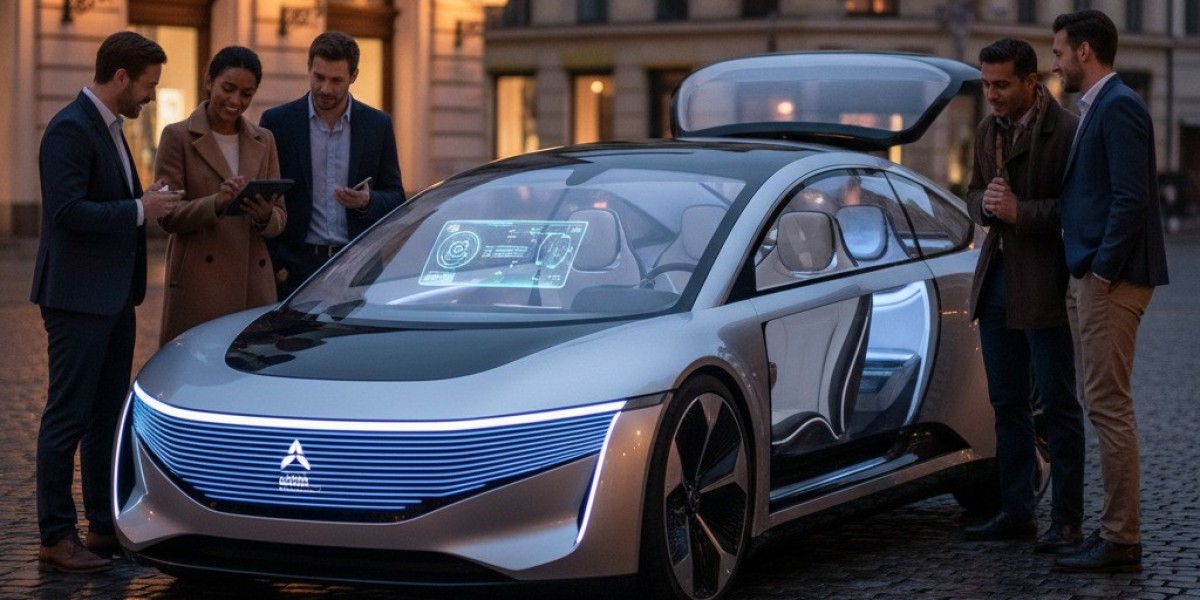Key trends include: increasing electrification of fleets (last-mile delivery vans, public transit buses), declining battery costs, growing charging infrastructure, stricter emissions regulations pushing fleets to upgrade to EVs, new business models (fleet leasing, battery-as-a-service), and regional shifts (strong growth in Asia Pacific).
India's Electric Commercial Vehicle (ECV) market is evolving at lightning speed. Beyond the rapid sales growth, a fascinating set of technological and operational trends are emerging that will define the future of electric transport for goods and people. As of late 2025, the key Electric Commercial Vehicle Market Trends are focused on improving efficiency, lowering costs, building a robust ecosystem, and leveraging data to optimize operations. These trends are moving the industry from its initial adoption phase towards maturity and scale.
1. Battery Technology: LFP Dominance and Swapping
LFP is King: While passenger EVs might use higher energy density NMC chemistries, the commercial vehicle market in India is overwhelmingly trending towards Lithium Iron Phosphate (LFP) batteries. LFP offers superior safety, a much longer cycle life (critical for high-usage commercial vehicles), lower cost, and avoids the use of cobalt.
Battery Swapping: Particularly in the electric three-wheeler segment and for some LCV delivery fleets, battery swapping is a major operational trend. It allows vehicles to get back on the road in minutes, maximizing uptime, which is crucial for commercial viability.
2. The Rise of the E-LCV for Urban Logistics The Electric Light Commercial Vehicle (LCV) segment is arguably the hottest trend in terms of growth potential. Driven by the e-commerce boom and the need for zero-emission last-mile delivery in cities facing pollution challenges, the demand for electric vans and mini-trucks (like the Tata Ace EV) is exploding. This trend is pushing manufacturers to launch more models and is driving innovation in depot charging solutions.
3. Telematics and Fleet Management Software ECVs are inherently connected vehicles, and leveraging this data is a crucial trend. Sophisticated telematics systems are becoming standard. Fleet managers are using specialized EV Fleet Management Software to:
Monitor vehicle location and state-of-charge in real-time.
Optimize routes based on charging needs and station availability.
Manage charging schedules to minimize electricity costs.
Track driver behaviour and vehicle health for predictive maintenance. This data-driven approach is essential for running an electric fleet efficiently and profitably.
4. Depot Charging Infrastructure Build-out While public charging is important, the backbone of ECV operation is depot charging. Companies operating electric fleets (delivery services, bus operators) are investing heavily in setting up dedicated charging infrastructure at their depots and hubs. The trend is towards smart charging solutions that can manage the load on the grid and prioritize charging based on vehicle schedules and electricity tariffs.
5. Entry into Medium and Heavy Duty Trucking Although still nascent in 2025, a significant long-term trend is the gradual entry of electric power into the Medium Commercial Vehicle (MCV) and Heavy Commercial Vehicle (HCV) segments. Major players like Tata Motors, Ashok Leyland, and VE Commercial Vehicles are showcasing and beginning pilot deployments of electric trucks for applications like regional distribution, port haulage, and municipal services. The development of high-power charging (including Megawatt Charging Systems) will be key to unlocking this segment's potential.
Frequently Asked Questions (FAQ)
Q1: What is the biggest trend in ECV batteries in India? A1: The dominant trend is the use of Lithium Iron Phosphate (LFP) battery chemistry due to its better safety, longer lifespan, and lower cost compared to NMC. Battery swapping is also a major operational trend, especially for three-wheelers.
Q2: Why are electric LCVs becoming so popular? A2: Their popularity is driven by the e-commerce boom, which requires efficient and clean last-mile delivery solutions for cities. Their low running costs make them economically very attractive for delivery fleets.
Q3: What is depot charging? A3: Depot charging refers to the charging infrastructure set up at a commercial fleet's own operational base or depot. Most ECVs are charged overnight at their depot, which is typically the most cost-effective and efficient method.








